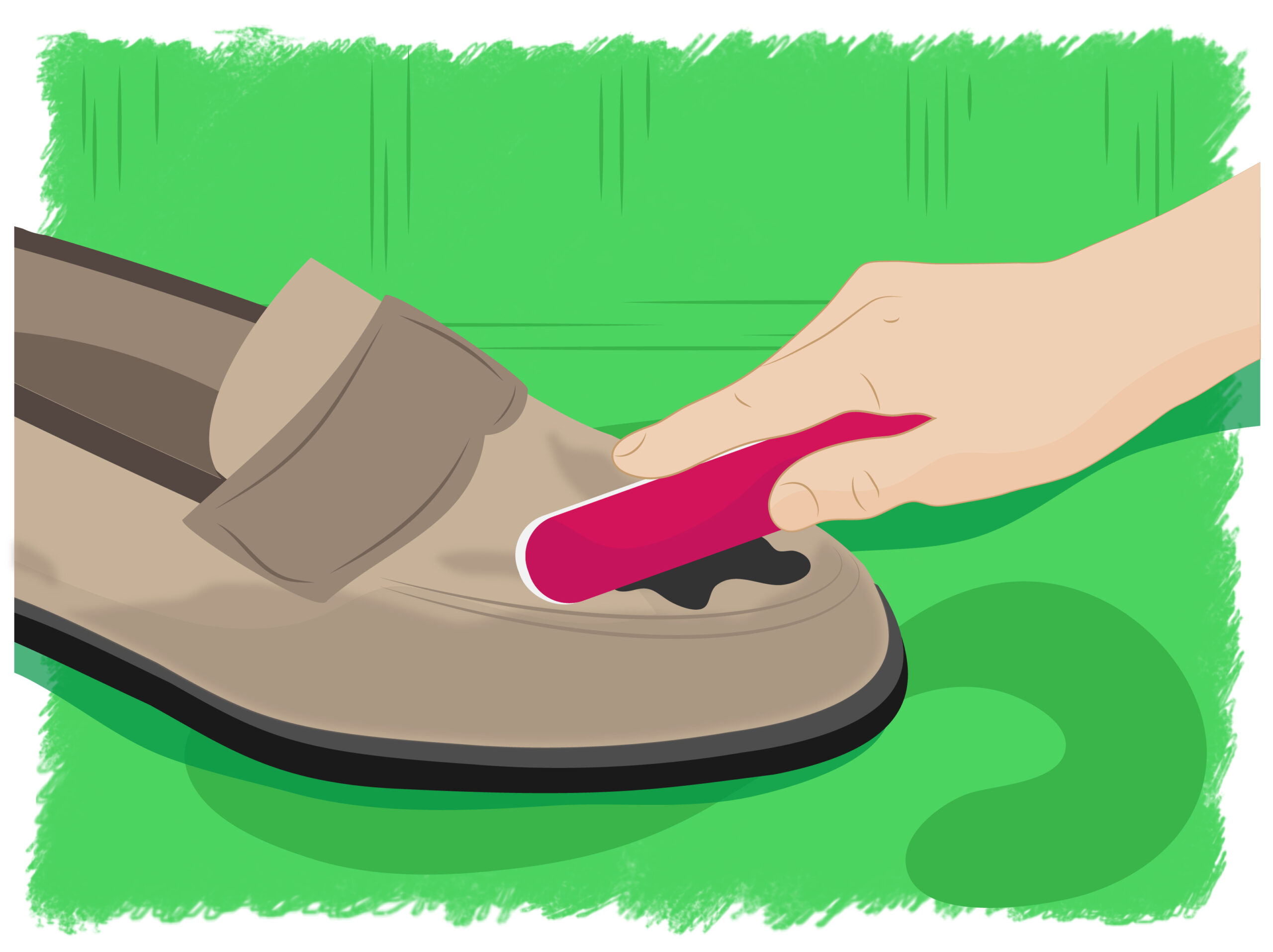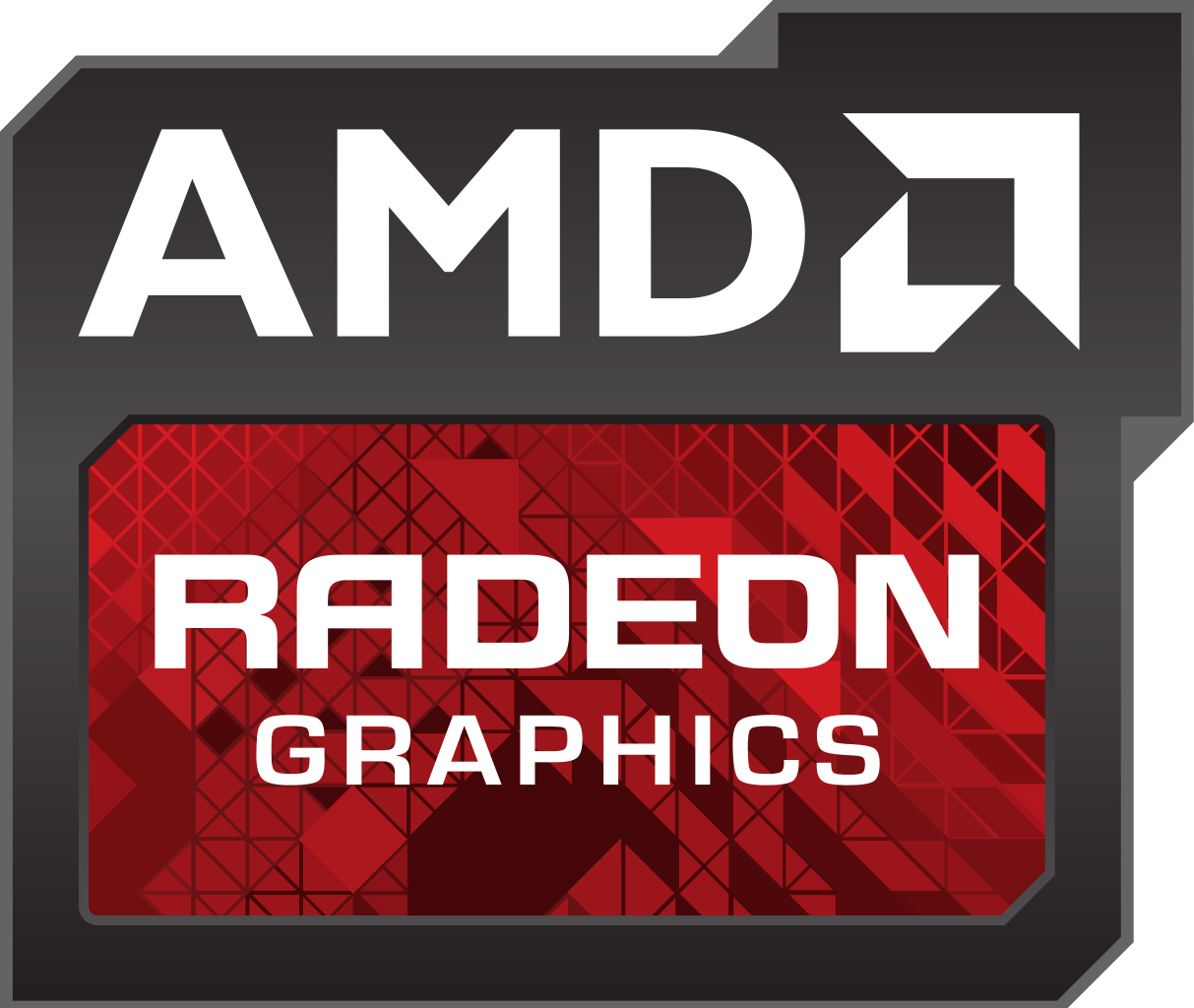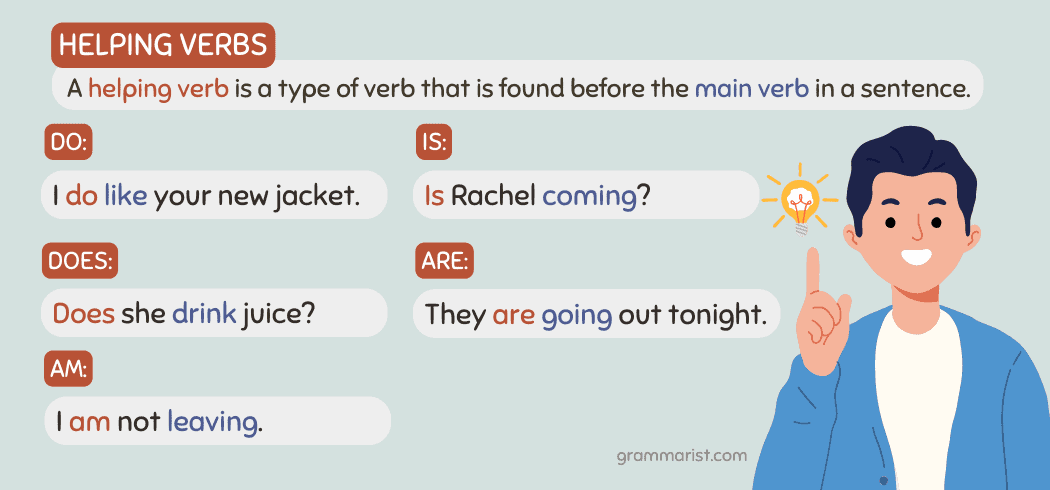How Many FPS is Good for Gaming? Understanding the Ideal Frame Rate for a Smooth Experience
Introduction: Why Frame Rate Matters in Gaming
Frame rate, measured in frames per second (FPS) , determines how smoothly images appear as you play. For gamers, understanding FPS is vital-not only does it affect the visual fluidity of gameplay, but it also impacts your reaction time and overall experience. Many ask: How many FPS is good for gaming? and Is 60 FPS good enough? This guide answers those questions, highlights genre-specific recommendations, and provides actionable steps for every level of gamer.
What Is FPS and Why Does It Matter?
FPS stands for Frames Per Second . It’s a measure of how many images (frames) your system displays each second. Higher FPS means smoother motion and potentially more responsive controls. Lower FPS can make gameplay feel choppy, reduce visual clarity, and even delay your in-game reactions. For competitive and fast-paced games, FPS can be the difference between victory and defeat [5] .
FPS Benchmarks: What’s Considered Good for Gaming?
The ideal FPS depends largely on the game type and your performance expectations:

Source: picnbooks.com
- 30 FPS – Considered the absolute minimum for playable gaming. At this level, most games are smooth enough for casual play, especially slower-paced or turn-based genres. However, you may notice input lag and motion blur, especially in action-heavy scenes [1] [3] .
- 60 FPS – Widely regarded as the gold standard for smooth, enjoyable gameplay in most genres. At 60 FPS, input feels responsive and visuals are fluid. This is the target for most entry-level and mid-range gaming PCs [5] [3] .
- 120 FPS and above – Increasingly common with high-refresh-rate monitors and competitive gaming. 120 FPS or 144 FPS is preferred for first-person shooters and esports, where every millisecond counts. The difference is especially noticeable in fast movements and panning. However, achieving this requires more powerful hardware and a compatible display [1] [4] .
For most players, 60 FPS is a practical and satisfying target -it offers a balance of smooth visuals and reasonable hardware demands [2] .
Genre-Specific FPS Recommendations
Not all games require the same FPS for optimal enjoyment. Here’s how common genres break down:
- Role-Playing Games (RPGs), Strategy, Indie/Pixel Art : 30 FPS is typically sufficient, as these games are less reliant on split-second reactions [1] .
- First-Person Shooters (FPS), Racing, Action : 60 FPS or higher is ideal. These games benefit from greater fluidity and responsiveness, helping you react quickly and play at your best [1] .
- Competitive Esports : 120 FPS or above is increasingly common. Professional players often seek 144 FPS or 240 FPS, but this requires high-end hardware and monitors capable of keeping up [3] .
The main takeaway: match your FPS target to your preferred genre and playstyle.
Is 60 FPS Good for Gaming?
Yes, 60 FPS is widely considered good for gaming . It’s the default benchmark for smooth, lag-free gameplay and is supported by almost all modern monitors and TVs. At 60 FPS, motion appears natural and game controls feel responsive. Many current consoles and entry-level PC setups are designed to target 60 FPS, and for the majority of players and genres, this will provide an excellent experience [5] [2] .
However, if you are a competitive gamer or play fast-paced shooters, you may benefit from pushing your system to 120 FPS or beyond. For casual, story-driven, or strategy games, 60 FPS is more than enough.
Factors That Affect Your FPS
Several factors determine the FPS you can achieve:

Source: thegrammarblog.blogspot.com
- Graphics Card (GPU): The most critical component for high FPS. Newer, more powerful GPUs can render frames faster.
- Processor (CPU): Important for games with lots of physics or AI calculations.
- RAM: Insufficient memory can bottleneck your system and reduce FPS.
- Display Refresh Rate: Your monitor must support the FPS you are targeting. For example, a 60 Hz monitor can only display up to 60 FPS, regardless of your PC’s output.
- Game Settings: Lowering graphics settings can boost FPS on less powerful systems.
To check your current FPS, use built-in game overlays (such as Steam or Xbox Game Bar) or third-party benchmarking tools [5] .
How to Achieve and Maintain Good FPS
If you’re struggling to hit your desired FPS, take these steps:
- Lower In-Game Graphics Settings: Reducing textures, shadows, and special effects can yield a significant FPS boost.
- Update Graphics Drivers: Visit your GPU manufacturer’s official website (such as NVIDIA or AMD) and install the latest drivers for optimal performance.
- Close Background Applications: Free up system resources by shutting down unnecessary programs while gaming.
- Adjust Resolution: Playing at a lower resolution reduces the workload on your GPU, increasing FPS.
- Consider Hardware Upgrades: If your system is older, upgrading your GPU, adding more RAM, or switching to an SSD can help.
For those on a budget, entry-level gaming PCs from 2015 onward can often achieve 60 FPS on medium settings with careful optimization [3] .
Practical Steps to Choose the Right FPS for You
Here’s how to decide the best FPS target for your needs:
- Assess Your Monitor: Check your monitor’s refresh rate (60 Hz, 75 Hz, 120 Hz, 144 Hz, etc.). Your FPS should not exceed this number, as extra frames will not be displayed.
- Test Your Hardware: Use in-game FPS counters and benchmarking software to determine your system’s capabilities.
- Prioritize Game Type: For fast-paced or competitive games, aim for higher FPS. For story-driven or turn-based games, 30-60 FPS is often adequate.
- Balance Quality and Performance: Decide whether you prefer higher graphical fidelity or smoother gameplay, then adjust settings accordingly.
Experimenting with settings and monitoring the impact on FPS will help you find the sweet spot for your setup.
Challenges and Solutions in Achieving High FPS
Some common challenges include:
- Outdated Hardware: If your GPU or CPU is several years old, hitting high FPS in new games can be difficult. Solutions include lowering settings, upgrading components, or focusing on less demanding titles.
- Monitor Limitations: A 60 Hz monitor cannot show more than 60 FPS. To benefit from higher FPS, consider upgrading your display.
- Screen Tearing: Occurs when FPS exceeds monitor refresh rate. Use V-Sync or technologies like G-Sync/FreeSync to eliminate tearing.
Alternative Approaches and Future Trends
High-refresh-rate gaming is becoming more accessible as hardware costs decrease. While 60 FPS is excellent for most, 120 Hz and even 240 Hz monitors are now available at lower prices, allowing more gamers to experience ultra-smooth action. Cloud gaming and streaming services also optimize for 60 FPS as a baseline, ensuring a consistent experience across devices [4] .
For gamers unable to upgrade hardware, consider optimizing your current setup, choosing less demanding games, or seeking out community guides for performance tweaks. Many forums and official game support pages offer step-by-step instructions for maximizing FPS on a wide range of hardware.
How to Access FPS-Boosting Resources and Support
If you’re looking to improve your gaming FPS, try these approaches:
- Check your game’s official FAQ or support site for optimization tips.
- Visit your graphics card manufacturer’s official website for driver downloads and performance guides.
- Search “best settings for [game name]” on reputable gaming forums for community-tested advice.
- Consult your PC or console manual for system-specific performance recommendations.
- Seek out YouTube tutorials on optimizing specific games and hardware setups, ensuring the uploader is recognized and reputable.
If you run into issues, reaching out to official customer support channels or trusted gaming communities can provide additional guidance and troubleshooting steps.
Key Takeaways
60 FPS is widely accepted as the ideal standard for smooth gaming , balancing system requirements and visual fluidity. For competitive play or genres where split-second reactions matter, higher FPS (120 or 144 and above) can give you an edge, provided your hardware and monitor support it. For most gamers and game types, targeting 60 FPS ensures a satisfying, immersive experience.
References
- [1] IONOS (2023). How many frames per second (FPS) for videos and games?
- [2] HP Tech Takes (2018). What is Frame Rate and Why is it Important to PC Gaming?
- [3] Apex Gaming PCs (2023). A Guide to FPS in Gaming: Why It Is Important
- [4] YouTube (2021). What’s The Best Frame Rate For Gaming?
- [5] Lenovo (2025). What is an FPS? | How does FPS work? Do all PC games …
MORE FROM savvysc.com













